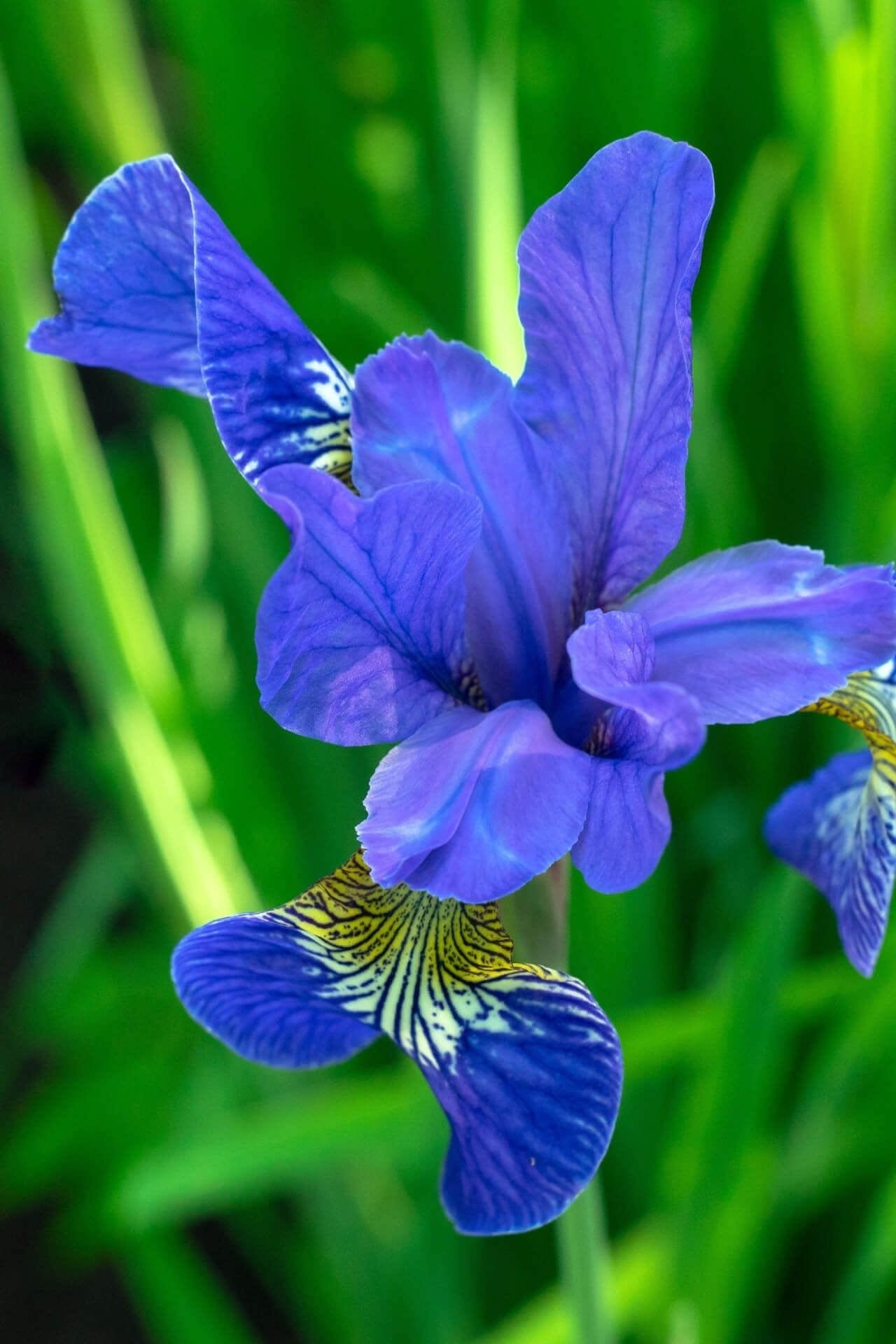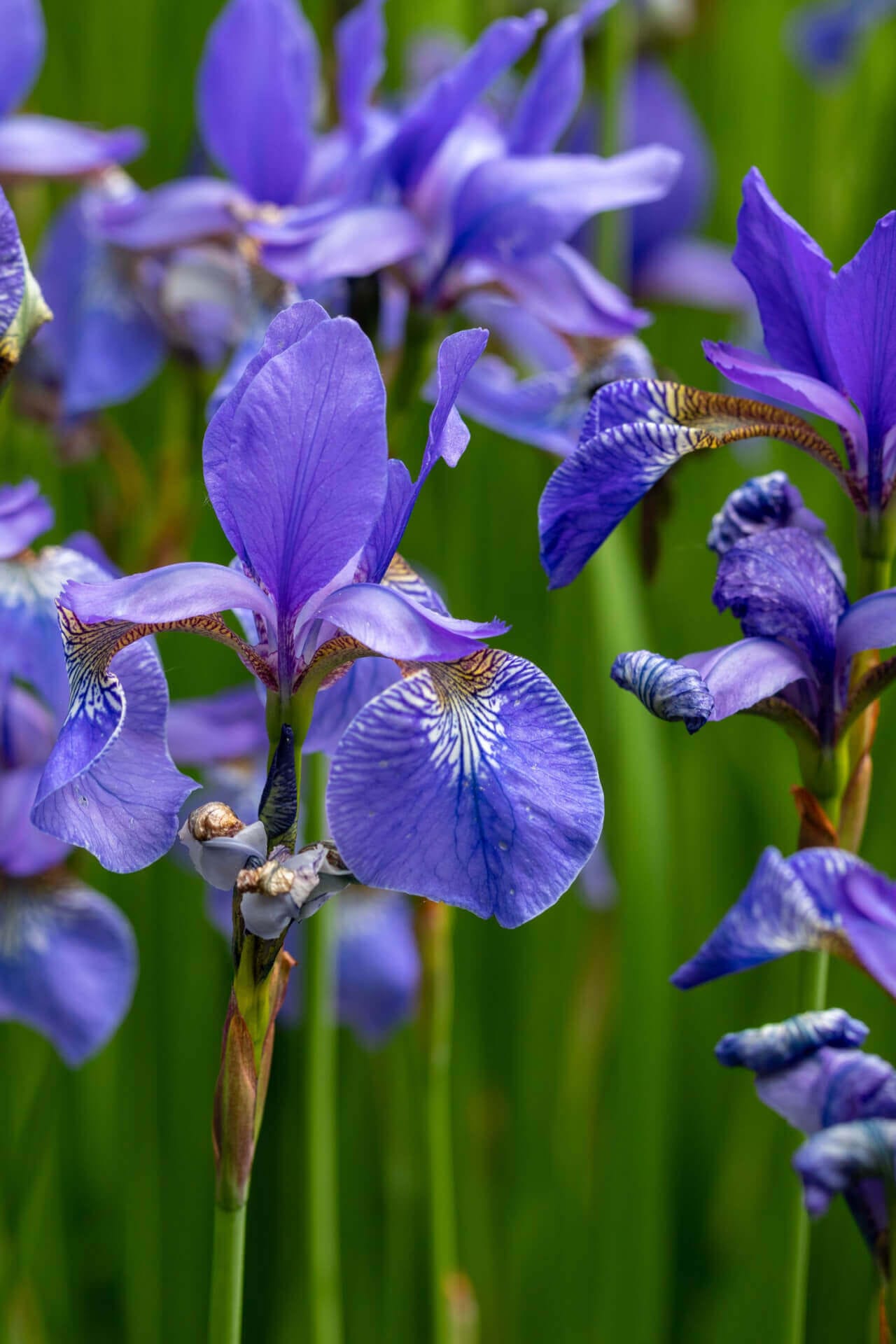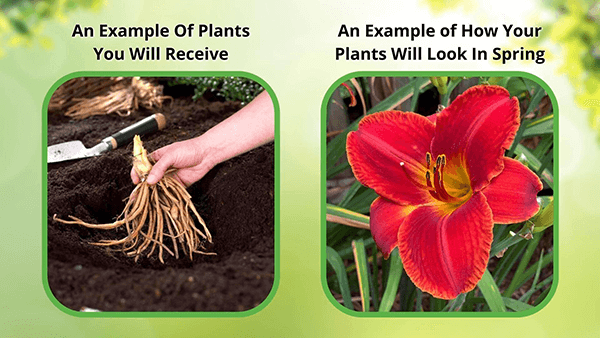Bearded Iris
Bearded Iris
| Order | Percentage Discount | ||
|---|---|---|---|
| 2-5 | 25% Off | ||
| 6-10 | 30% Off | ||
| 11-25 | 35% Off | ||
| 26-50 | 45% Off | ||
| 51+ | 65% Off | ||
Couldn't load pickup availability
5-7 Days
Under 12"
Full Sun
3-9
Flowering
Bare-root
Bearded Iris - Iris germanica
Bearded Iris (Iris germanica) is a perennial loved for its bright, colorful blooms and ease of maintenance. This hardy perennial is easily adapted to any climate, making it a trustworthy option for advanced and novice gardeners. Its sophisticated flowers feature feathery petals ranging from pastel to deep, vibrant shades. Whether looking for a bit of color in your cottage garden or an interesting accent, this traditional species delivers incredible results.
Effortless Planting and Care
Planting is easy: place the rhizomes near the soil's surface in a sunny, drained area. Once established, these plants require only periodic irrigation and an annual addition of a balanced fertilizer. Their sword-shaped leaves remain upright during the growing season, needing only swot pruning at the end of blooms. These perennials are easy for the amateur gardener to handle as they are natural and require minimal care.
Eye-Catching Blooms and Foliage of Bearded Iris
The unusual shape of the flower combines standard ups and downs to create a double appearance that grabs the viewer's eye. Colors can change just a little depending on the temperature, which adds more interest to your garden. The leaves remain high and formal, contrasting with the delicate flower's petals. This intertwining effect makes the plant attractive to borders, pots, or mixed beds.
Bloom Time and Life Span
Expect the dazzling blooms to come late spring through early summer, covering your garden for weeks. Each bloom lasts only a few days, but new buds develop in parallel and form a continuous succession. When cared for, this prized perennial can stay in one place for decades, providing seasonal interest and continual enjoyment.
The TN Nursery Advantage
At TN Nursery, we bring robust plants primed to thrive in your yard. We selectively select roots that respond to environments very efficiently. Invest in this classic for uncompromising looks and performance.
This Is How Your Plants Will Look upon Delivery
Bloom/Foliage Color
Purple
Shipping date depends on the date displayed and chosen when you order from the product's page.
We only accept returns on plants verified dead. If you think your plants have died, we offer a 1 year warranty, please use use this File a Claim Link to verify dead plants and start with return warranty process.




